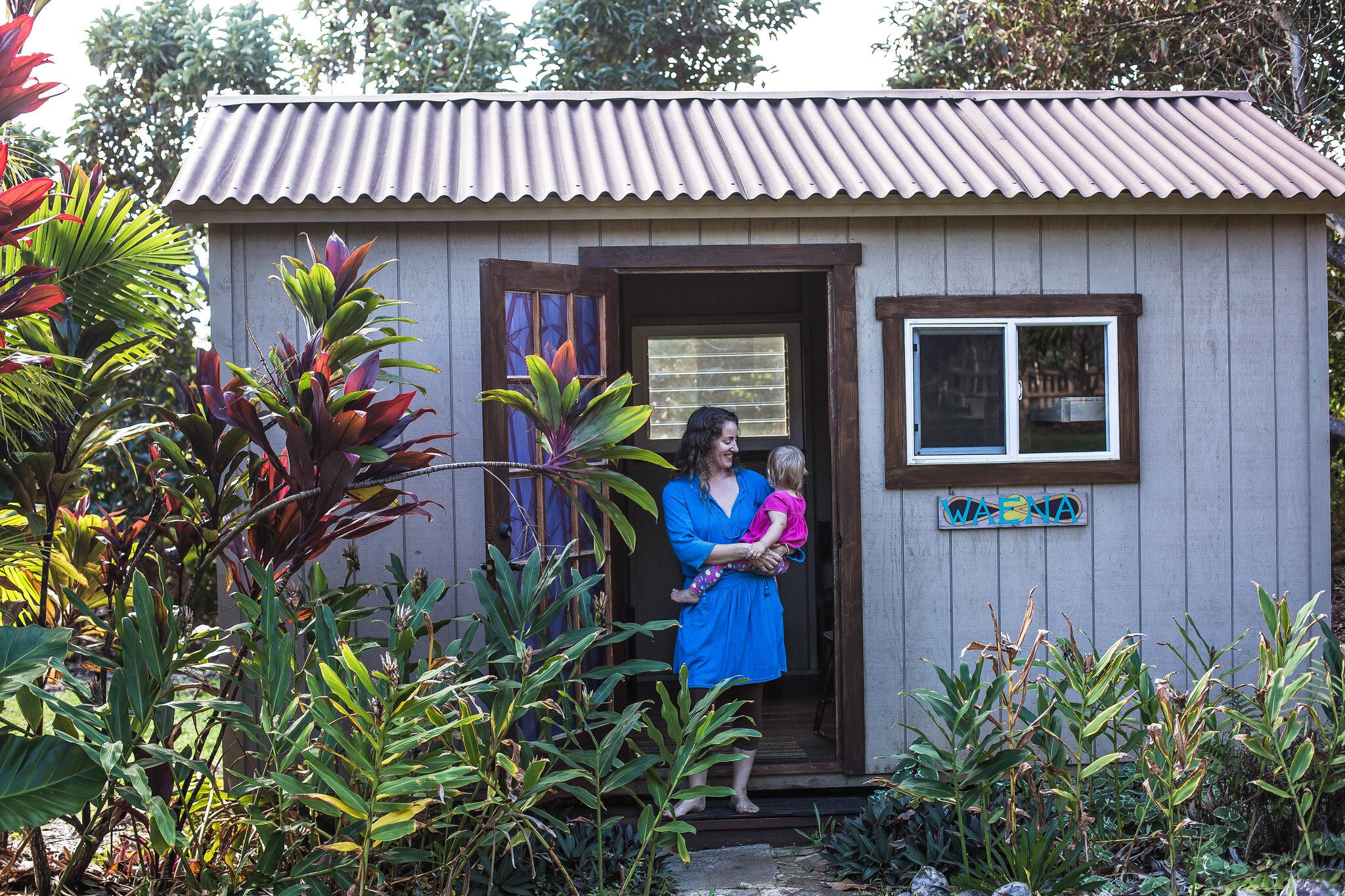
Pregnancy is a time for going within, a time to build a soft nest in your body to nurture a new life. A Yoga practice of meditation, pranayama and asana can be a great ally along this path. As you deepen your connection to Self through your practice, you’ll also grow closer to the spirit that is growing within you.
Building time in your dinacharya, daily routine, for Yoga practice can help you stay balanced, flexible and pain-free in the mind and body. It’s important to create a practice that will promote a safe environment for your baby and evolve with you as you change. We’ve put together a sequence below that is wonderful during all phases of a healthy pregnancy.
Practicing Yoga asana safely during pregnancy
During pregnancy, honor the life that is growing inside of you by making your asana practice (and all forms of exercise) progressively gentler as the baby grows. Focus on cultivating sattva, balance and harmony, by incorporating fewer poses held for longer periods of 15 to 25 ujjayi breaths, depending on your constitution and current dosha balance. You and your baby will both experience the benefits.
Pregnancy is not a time to begin an asana practice without trusted instruction (we offer Yoga consultations via Skype or FaceTime to guide you), nor is it a time to push yourself into poses that are challenging or new. Like your growing baby, think of your asana practice during pregnancy as a new life. Allow it to be different than it was before pregnancy and invite a fresh perspective each day. If you feel pulled to live in the past, try this free download of our Intuitive Energy Practice basic tools to release.
Yoga asana sequence for pregnancy
Blocks, pillows and bolsters will extend your ability to practice asana in all stages of pregnancy. Props will also help you avoid hyperextension and over stretching, which are common pitfalls as pregnancy hormones loosen ligaments and provide greater flexibility that can result in joints becoming unstable.
Before beginning this sequence, practice nine rounds of the pranayama, nadi shodhana, followed by at least five minutes of meditation (more if you have time). This will ground you in your body and create greater internal balance.
1. Tadasana at the wall
This pose encourages good posture as it trains you to keep your pelvis in alignment with your shoulders and head.
Simply stand with your buttocks, shoulder blades and the back of your head touching the wall. Keep your heels directly beneath your hips. They will be slightly away from the wall to allow for the depth of the buttocks. Extend up from just above your pubic bone. Hold for 15 breaths.
2. Sit down/stand up
The increased pressure on your lower body often leads to new habits, such as opening your knees as you sit down, that can create imbalance and pain in the hips and low back. Use this simple sit down/stand up exercise to keep a balance of strength and flexibility in your hips, maintain proper alignment in your body and connect with your breath in the beginning of your practice.
3. Virbhadrasana B (warrior II)
As you practice this powerful standing pose, you’ll build strength in your quadriceps and lower body that will serve you well during childbirth. Also, proper hip alignment, maintains pelvic health and supports the spine and upper body. Try using a wall at your side to find the right alignment, and then a chair under your front thigh for a nice challenge and support.
4. Trikonasana
This powerful standing pose opens the side body and heart, while lengthening the spine. The gentle spiral in the mid back massages the organs and keeps the diaphragm supple. As pregnancy advances, use the wall for support and alignment.
5. Prasarita padottanasana
You will have more difficulty doing forward folds as your baby grows, but prasarita padottanasana accommodates your growing belly. This pose opens your hips, lengthens your hamstrings and spine and relieves pressure on your sacrum.
To practice, extend your feet facing forward about a leg length apart from one another. Place your thumbs in the creases of your hip joints at the tops of your thighs. With an extended spine, fold forward from your hip joints. Place your hands flat on the floor beneath your shoulders. If your pelvis is beyond 90 degrees with an extended spine, allow a soft curve in your spine. If you have not yet turned your pelvis beyond 90 degrees or your lower spine rounds excessively as you reach for the floor, use blocks beneath your hands.
6. Ustrasana preparation
Exercise care with strong backbends during pregnancy to avoid overstretching the uterus and the thin skin on your belly. Ustrasana preparation lengthens and strengthens your back, buttocks and hamstrings, extends your diaphragm and quadriceps and opens your heart.
Keeping your hips flexible relieves and prevents pain from the increasing weight upon them. In addition to increasing flexibility and energy flow in your hips, baddha konasana offers a secondary benefit of calming the nervous system and releasing fear so you can welcome love.
8. Supported supta baddha konasana
By the end of the second trimester (or sometimes earlier), most women feel uncomfortable lying on their backs. It’s time to replace savasana, the most important pose in your practice, with supported supta baddha konasana.
Follow the same guidelines for complete release as in savasana, but keep your head and upper back elevated and your knees open with the soles of your feet touching. Use as many pillows, blankets and bolsters under your back and knees so you feel comfortable enough to fully release at the end of your practice. Surrender here for 10 to 15 minutes. Alternatively, take savasana on your side with pillows under your head, side and between your legs.
Ayurveda and Yoga offer a lot of wisdom to support a healthy pregnancy. Book a consultation to learn how to support your body and baby with nourishment and love.
